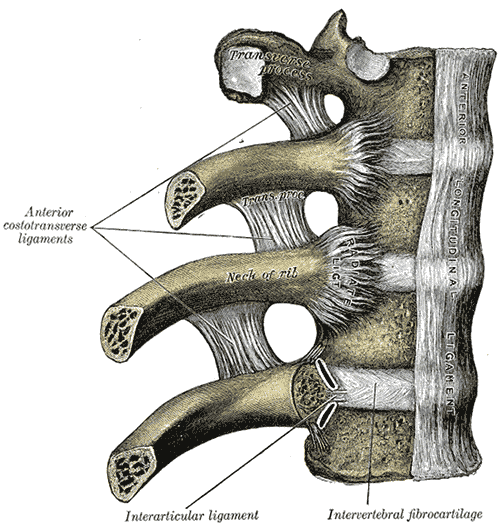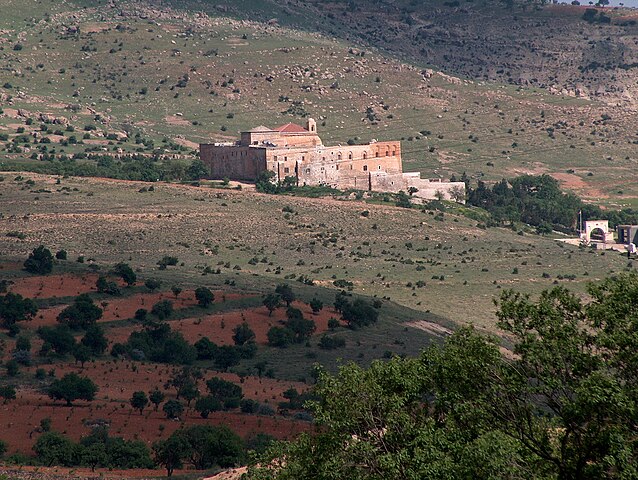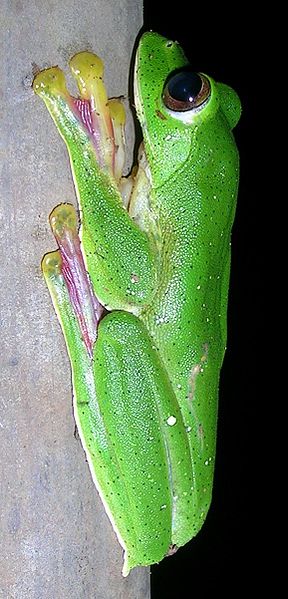We just learned about the Mexico state of
Michoacán, home of the Purépecha long ago.
Another Mexico state is
Oaxaca.
This state is on the south part of Mexico, on the Pacific Ocean.
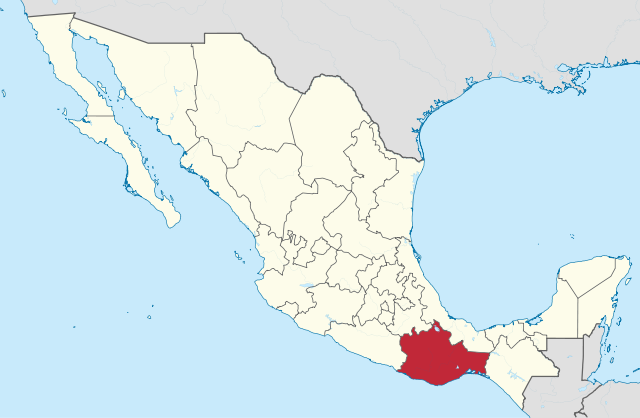
(from: wikipedia -
oaxaca)
The coat of arms of Oaxaca has a red background, for the freedom of the people.
At the top is the coat of arms of Mexico.
The coat of arms has seven stars for the seven regions of the state.
In the middle are three areas. The left is for the fruits and flowers from the Leucaena leucocephela tree, and the face of a native.
The right has a side view of a palace in Mitla, and a Dominican cross.
On the bottom are two strong arms breaking a chain, for the battle for freedom of the Oaxacan people.
The words on the seal say: "El respeto al derecho ajeno es la paz" which means "Respect for the rights of others is peace"
and "Estado libre y soberano de Oaxaca" which means "Free and sovereign state of Oaxaca".

(from: wikipedia -
oaxaca)
Oaxaca is the state that has the most wind power in all of Mexico, and the Eurus Wind Farm in Juchitán de Zaragoza is the largest wind farm in all of Latin America.

(from: wikipedia -
oaxaca)
There are many ancient places in Oaxaca, like the pyramids in Monte Albán.
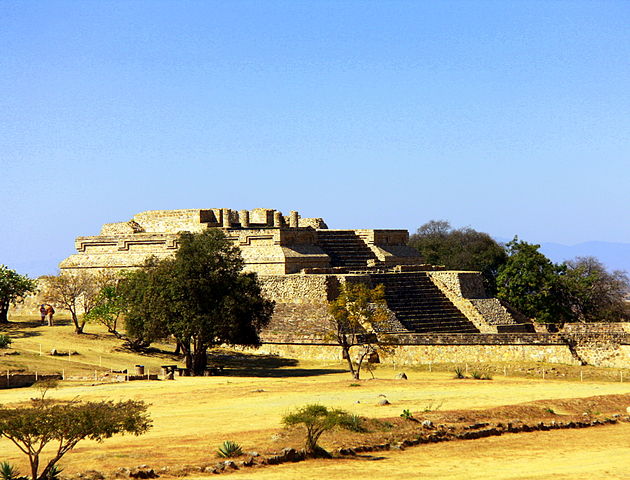
(from: wikipedia -
monte albán)
Another ancient place is a palace in a place called Mitla.
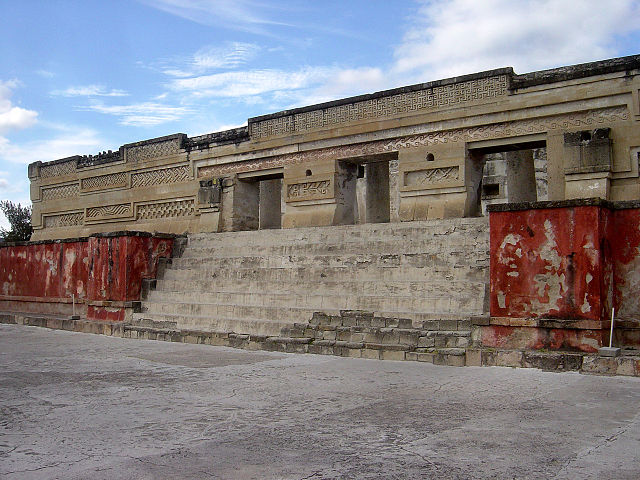
(from: wikipedia -
mitla)
Since Oaxaca is on the ocean, it has some beautiful coast areas, like Punta Cometa.

(from: wikipedia -
oaxaca)
Kid Facts - Blast from the past: Pacific Coast Belt
